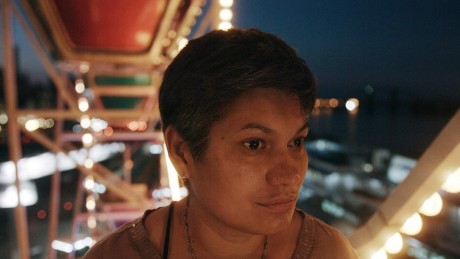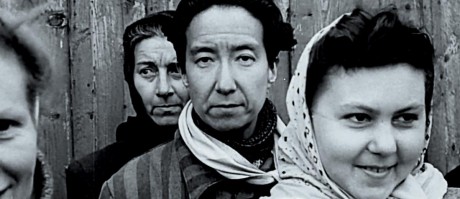


Docudays UA at the Krakow Film Festival
From the very first moments of the Russian invasion on Ukraine, our friends behind the eastern border have been in our thoughts. The relationships with festival organisers and filmmakers have long gone beyond the professional area. – says Barbara Orlicz-Szczypuła, Head of KFF’s Programme Department – We quickly decided to invite the Docudays UA festival to Kraków – and in a completely different role than before.
The latest Ukrainian documentary films – qualified for Docudays UA’s prestigious national competition – will be presented during the Krakow Film Festival at the turn of May and June. In addition, to the extent possible, KFF will invite the organisers of Docudays UA and the filmmakers behind competing films, which will be judged by an international jury, while the awards will be presented during the final gala. The films screened in Kraków will be treated as domestic (Ukrainian) premieres, allowing them to maintain the status of international premieres and provide creators with an open path to apply to other prestigious film events.
For the past several days, we have been in constant contact with the organisers of Docudays UA who – unfortunately – remain in the most vulnerable regions of Ukraine. Just a few hours ago, we were relieved to learn that several of them managed to safely get to Poland. – adds Barbara Orlicz-Szczypuła.
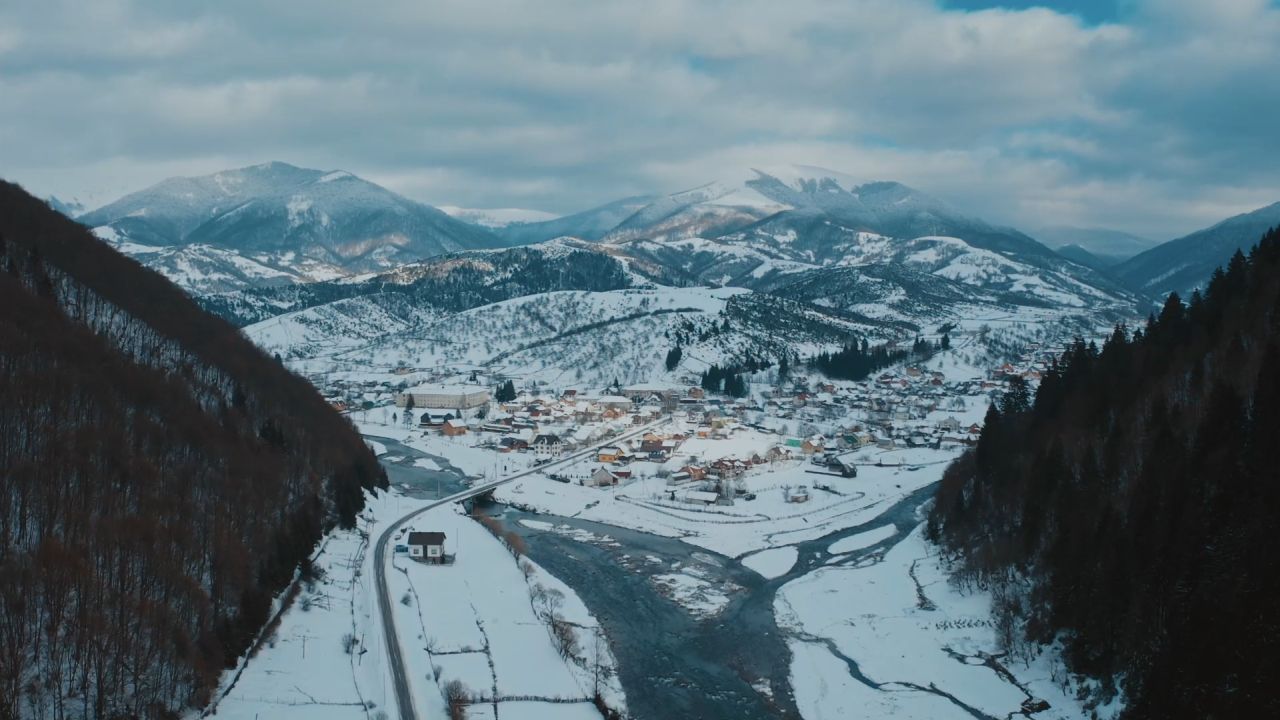 Mizh nebom ta horamy (Mountains and heaven in between), dir. Dmytro Hreshko
Mizh nebom ta horamy (Mountains and heaven in between), dir. Dmytro Hreshko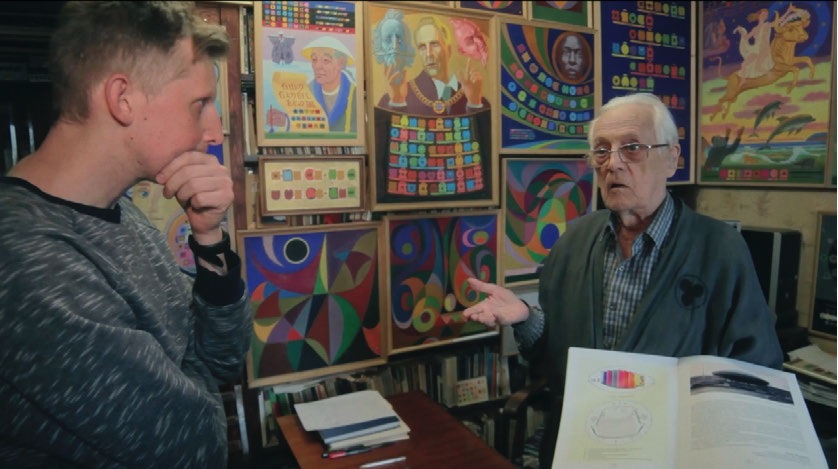 Neskinchennistʹ za Florianom
Neskinchennistʹ za Florianom
B (Infinity According to Florian), dir. Oleksiy Radynski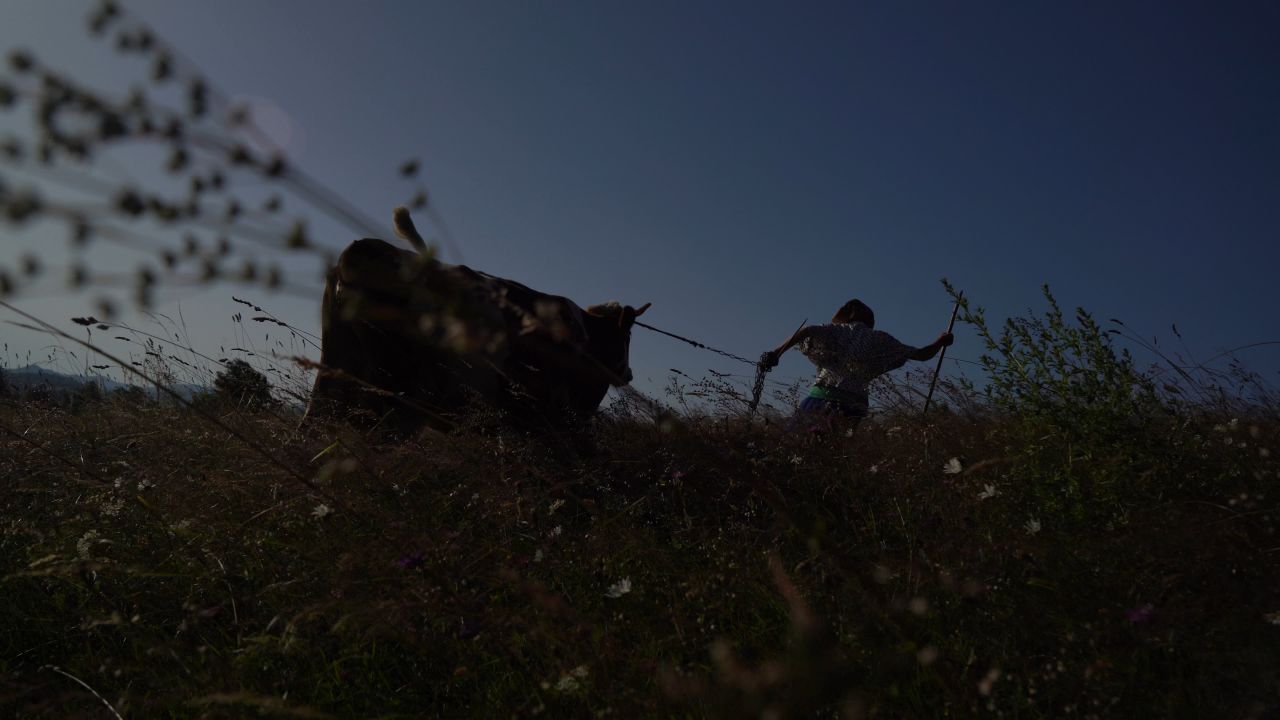 Plai (Плай Plai. A Mountain Path), dir. Eva Dzhyshyashvili
Plai (Плай Plai. A Mountain Path), dir. Eva Dzhyshyashvili Privoz ( Привоз), dir. Eva Neymann
Privoz ( Привоз), dir. Eva Neymann
Traditionally national competition is the first program we announce. This year it was announced one day before Russia invaded Ukraine. – says Darya Bassel, programmer and head of industry at Docudays UA – In my introduction to the programme that was published on Docudays UA website I said: “This small, but extraordinarily powerful programme brings together the authors who see reality deeply, poignantly, with humour and love. And their work fills me with faith not only in the great future of our documentary filmmaking, but in the future in general.” And it still is.I am happy that these films will meet their audience on a big screen in Kijow cinema. I hope by the time of the screening our country will be free from Russian terrorists and we all can celebrate together and praise love, courage and freedom. I am extremely thankful to our colleagues from Krakow Film Festival for their support.
I spent several hours watching these films with a heavy heart – concludes Krzysztof Gierat, director of the Krakow Film Festival. – They show Ukraine from before this criminal aggression, but the echoes of the war in Crimea are present there, and the threat to the entire country becomes increasingly real. It’s very painful when I try to imagine these places and these people now. I believe that we will show these films together with our friends from Kyiv and talk to their creators after the screenings. The presence of films, projects, and guests from Ukraine will be an expression of the Polish and international film community’s solidarity with our neighbours.
In addition, the latest Ukrainian documentary projects – which were to be presented to international industry representatives during Docudays UA in Kyiv – will be invited to participate in KFF Industry (event program for the film industry) and CEDOC Market (co-production market for Central and Eastern Europe organised by the Władysław Ślesicki Foundation).
Whole ticket sales income will be donated to the Docudays UA festival.
